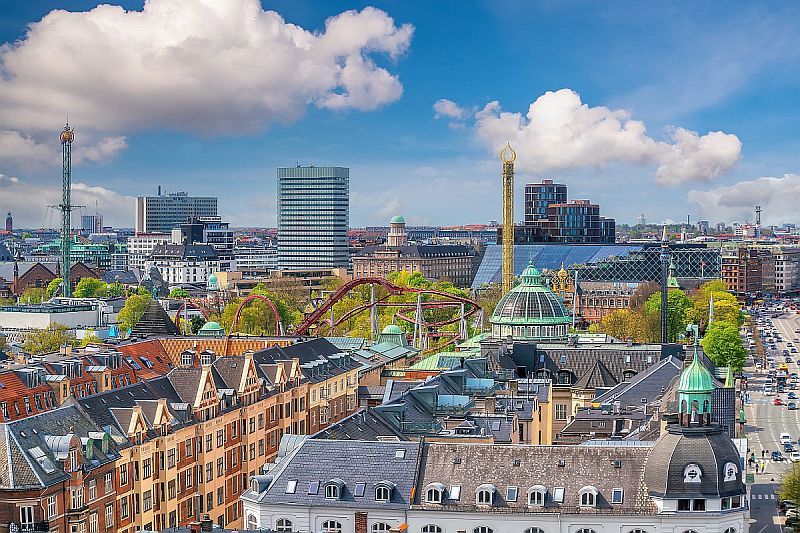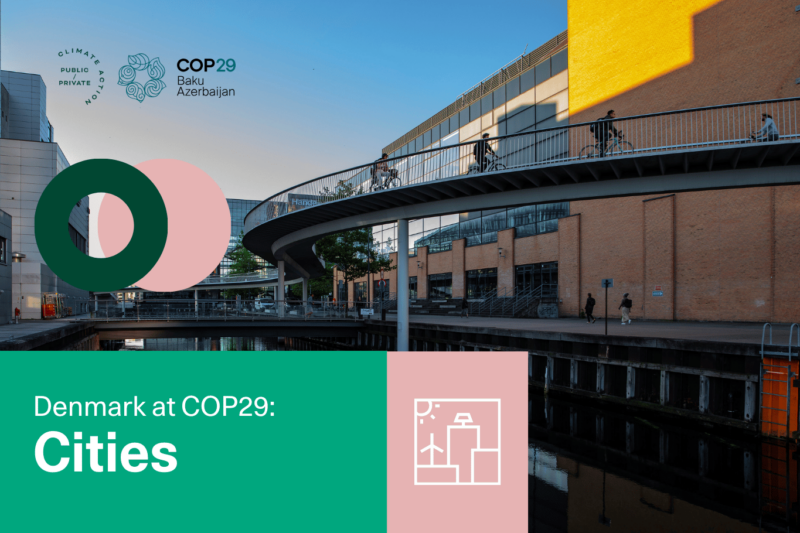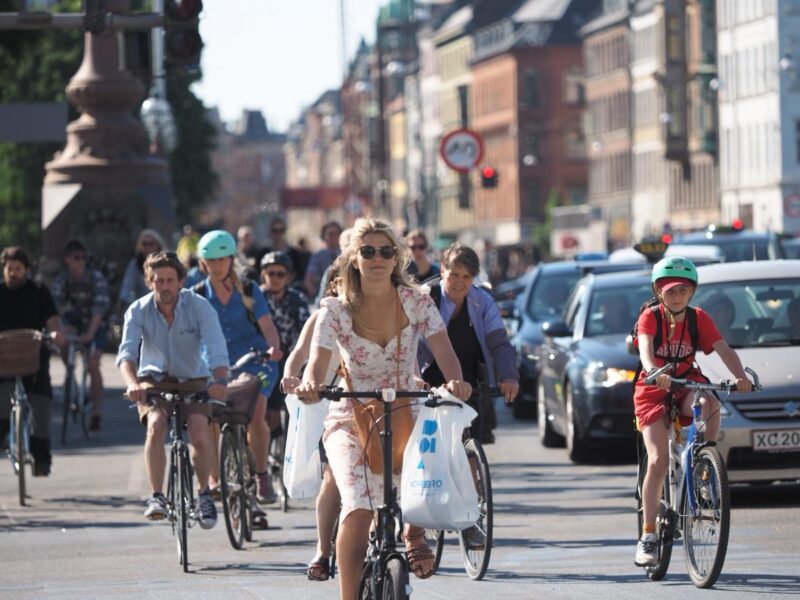News
Urban mobility
First ever priority plan for bicycle parking in Copenhagen


We want more people to cycle
Even though a great many people already cycle, the City of Copenhagen’s goal that 50% should cycle to work and studies in 2025 is still some way off. At the same time, Copenhagen is growing by approx. 1,000 citizens a month – a tendency that is expected to continue for the next 10 years. Models show that bicycle traffic will increase by 25% from 2014-2025.
Citywide mapping
The mapping showed the total number of publicly available bicycle parking spaces and the number of bicycles parked inside and outside the bike stands. At the time of counting, there was free capacity in 45% of the bicycle parking, but at the same time every other bike was parked outside the stands. This may be due to varying usage during the day and partly that the stands are located wrong.
• Number of publicly available bicycle parking spaces: 180,000
• Number of parked bikes: 200,000
• Total occupancy rate: 111%
The mapping is a snapshot in 2017 and should be repeated continuously over the coming years to give a more accurate picture of the parking situation.The mapping is a snapshot in 2017 and should be repeated continuously over the coming years to give a more accurate picture of the parking situation.
Scope of the plan
The Priority Plan for Bicycle Parking 2018-2025 provides a comprehensive overview of the initiatives recommended by the City of Copenhagen. The plan includes the construction of additional bicycle parking to increase capacity where the need is greatest, and where bicycle parking outside the racks affects accessibility today.The plan comprises a total of between 26,000 and 71,000 new bicycle parking spaces according to the level of ambition. The plan describes a minimum and a maximum scenario for the initiatives. With the minimum scenario, the level of bicycle parking could be maintained despite population growth. With the maximum scenario, more bicycle parking will be established per Copenhagener than today and thus support the growing amount of bicycles towards 2025. Furthermore, the City of Copenhagen aims to increase the satisfaction with bicycle parking in line with policy objectives.
The initiatives presents five types of initiatives:
Bike parking in construction
Conversion of bike parking into bicycle parking and flex parking
Traditional bike parking
Capacity optimization
Development of new types of parking facilities (space efficient)
1. Bike parking in construction
At the bigger stations and in the medieval part of the city, traditional solutions at street level cannot adequately meet the need. The plan proposes to integrate bicycle parking facilities in the urban space to ensure urban life.Integrated solutions in construction can be designed as a separated underground facility or in an existing basement, car parking, ground floor or other. Such facilities will free up space in the urban area for other functions.
2. Conversion of bike parking into bicycle parking and flex parking
One car parking space can be converted to 8-12 bicycle parking spaces. Converting car parking to bicycle parking is therefore a relevant solution to places with little space on the pavements as it is the most cost-effective way to create sufficient bicycle parking capacity. It is primarily relevant in locations with a fixed but changing range of usage patterns. Here, flexible solutions can allow car and bicycle parking at different times of the day. This requires an agreement with local operations staff regarding daily observations. This solution is also applicable for larger, temporary events.
3. Traditional bike parking
At locations with the biggest need for bicycle parking, the City of Copenhagen has often already placed as many traditional stands as possible in the given urban spaces. However, the stands will continue to play a role in places in the city where there is space, for example on existing sidewalks, in designated areas or by sidewalks.
4. Capacity optimization
In order to optimize the existing capacity, there is a need to guide the cyclists to available stands and to appropriate parking. Furthermore, removing abandoned bikes and moving improperly parked bikes can make valuable space available for other purposes. This initiative is relevant to implement as a citywide initiative.
5. Development of new types of parking facilities (space efficient)
In 2016 and 2017, the City of Copenhagen has been prototyping bike stands, including vertical and multifunctional stands as well as stands for cargo bikes. These stands can optimize space consumption, protect against theft, or support other functions in the urban space. The Priority Plan proposes to further develop the prototypes with focus on functionality, design, and price.Finally, the City of Copenhagen is seeing a potential for developing stands that can be placed in the drip line of trees without destroying the roots of the trees. Bike parking can be more harmonious in the urban space when integrated under a leaf canopy thus utilizing the space under the trees while protecting the trees.
Carrying out the Priority Plan for Bicycle Parking 2018-2025
The initiatives in the Priority Plan are estimated to cost 0.6-2.7 billion DKK. The bicycle parking initiatives must be seen in context with the other bicycle activities that contribute to reaching the policy goals for more cycling in 2025. The Priority Plan was adopted by the Technical and Environmental Committee on 6th March 2018. No funds have been set aside for the plan, but the initiatives will be a part of the annual cycling reports through 2025 as a part of the budget negotiations.
Framework for the Administration
Based on the Priority Plan, the administration will prepare an administrative basis for the daily work of bicycle parking prioritizing the areas where there is documented need. The basis will focus particularly on the following areas:
- Standards and quality for new buildings, especially the municipality’s own buildings
- Terms of permissions for events
- Conversion of car parking to bicycle parking
- Moving of incorrectly parked bikes
- Removal of abandoned bicycles
- Continuous mapping of bicycle parking capacity
- Ensuring future bicycle parking capacity
Photo: Troels Heien.
You should consider reading
solutions
Urban infrastructure planning
+2
SuperBlockify
15 November 2024events
Urban planning and development
+7















